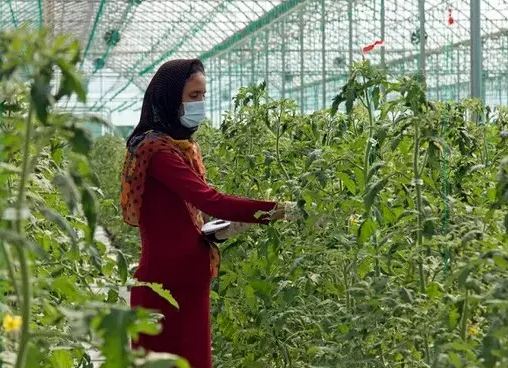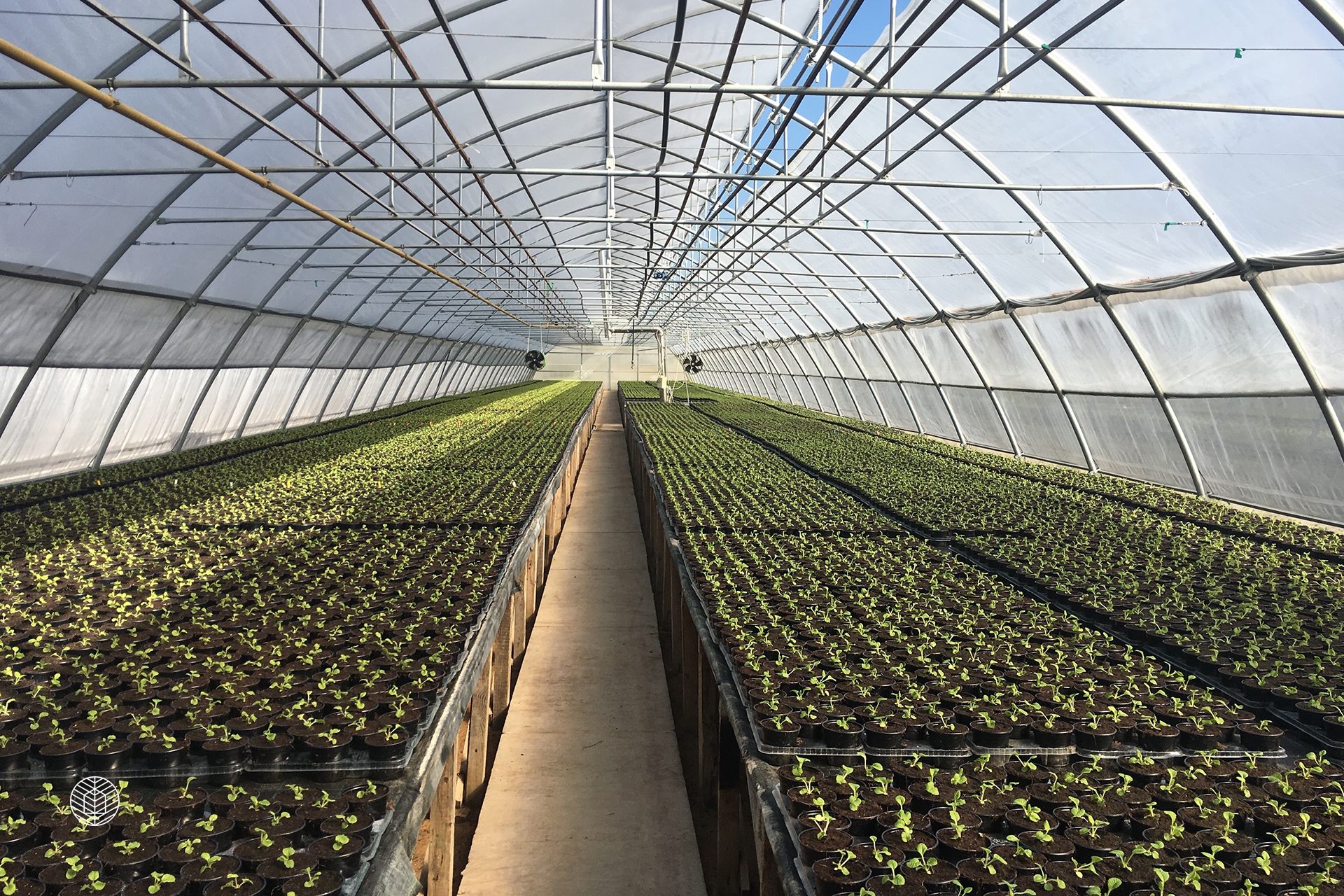#GreenhouseFarming #AgricultureInnovation #SustainableAgriculture #ClimateResilience #AgriculturalEconomics #IranAgriculture #AgriculturalDevelopment #FarmingChallenges
In the heart of Iran’s agricultural hub, the province of Zanjan, lies a burgeoning frontier of greenhouse cultivation. Despite its promise, the region grapples with setbacks, prompting a closer examination of its potential and pitfalls.
Unlocking the Potential:
Greenhouse farming stands as a beacon of hope for agricultural communities, offering a multitude of benefits ranging from increased yields to environmental sustainability. In Zanjan province alone, there are currently 65 hectares of active greenhouse facilities, signaling a growing interest in this innovative approach to cultivation. These facilities contribute significantly to the region’s economy, with greenhouse production exceeding 10,000 tons annually, generating over four trillion rials in revenue.
Overcoming Challenges:
Yet, amidst the optimism lie formidable challenges. Zanjan’s journey towards greenhouse expansion is marred by hurdles, primarily stemming from climatic constraints and historical neglect. Unlike its warmer counterparts, Zanjan faces heightened production costs due to its cold climate, particularly in fuel procurement for heating purposes, driving up operational expenses for greenhouse operators.
Innovative Solutions:
Acknowledging these challenges, concerted efforts are underway to revolutionize greenhouse infrastructure in cold climates like Zanjan. Advanced, resilient structures are being deployed to combat climatic adversities, ensuring sustainable and profitable cultivation year-round. Moreover, supportive financing mechanisms are empowering farmers to embrace greenhouse technologies, fostering a culture of innovation and resilience in the agricultural sector.











